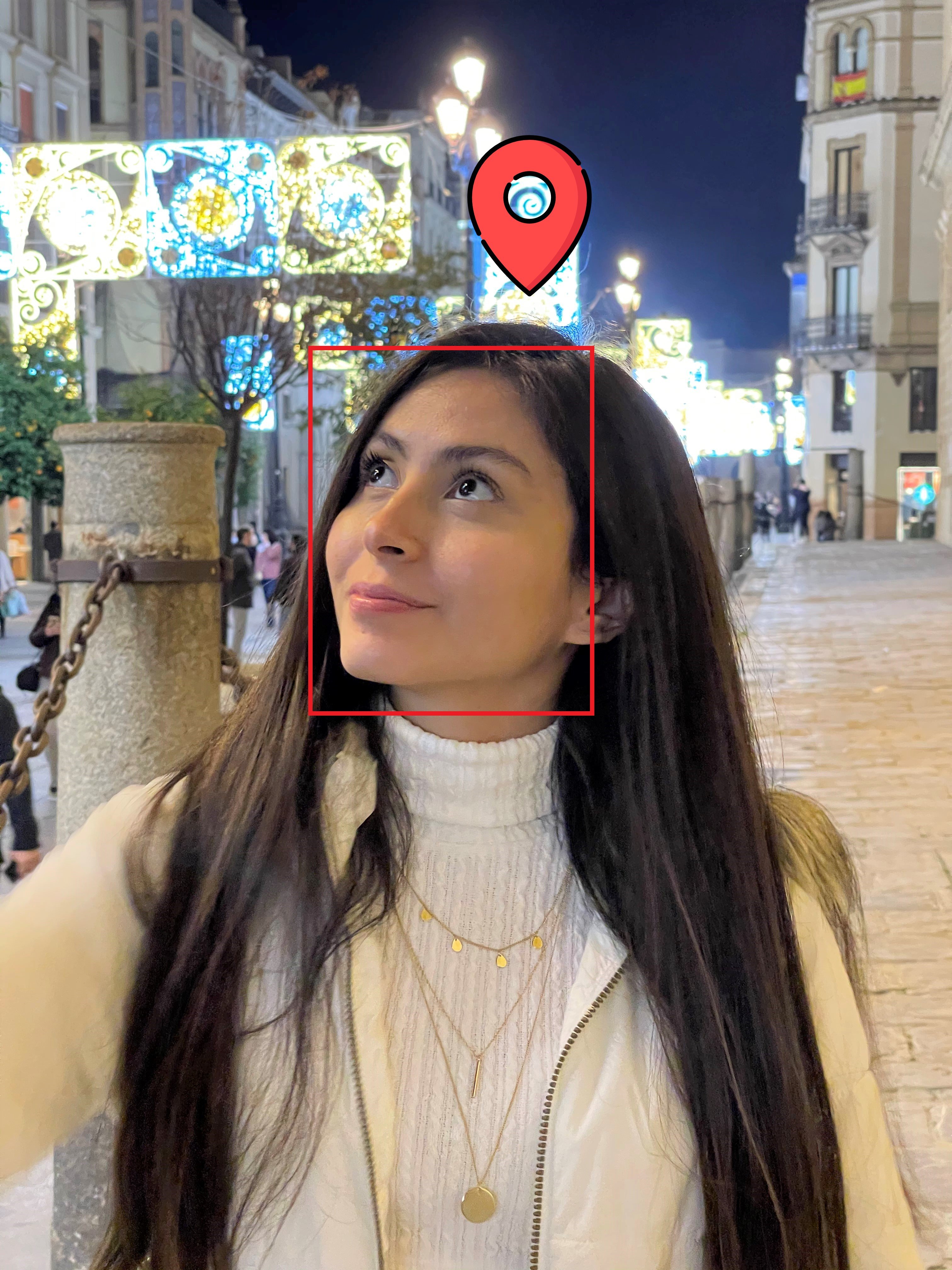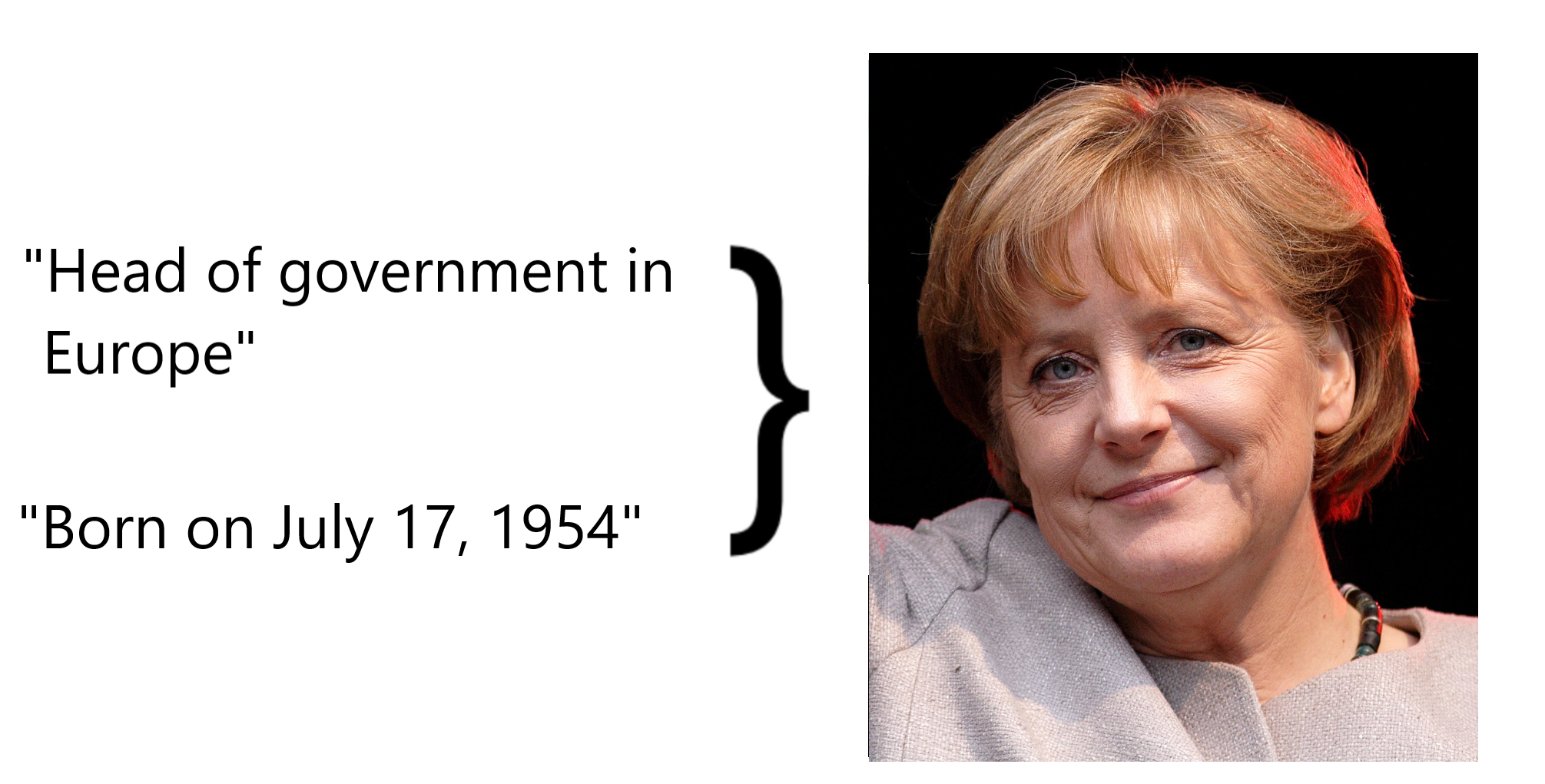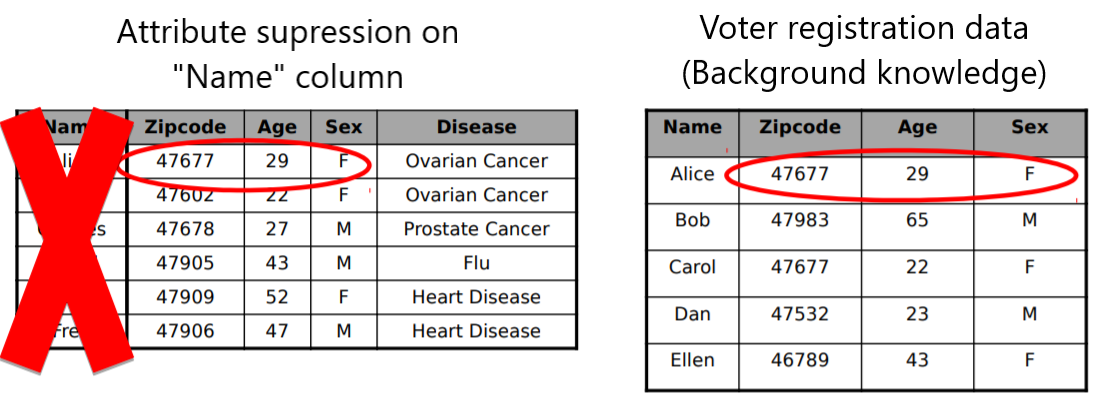What's private, and why do we care?
Data Privacy and Anonymization in Python

Rebeca Gonzalez
Data engineer
Facebook and Cambridge Analytica scandal
Impact of data privacy
- Unauthorized access to 87 million people's personal information
- Build psychological profiles of American voters
- Persuade them during political campaigns

What's privacy?

Information flow and privacy

Information flow and privacy
- How your personal information flows
"The ability to ensure flows of information that satisfy social and legal norms."

Personally identifiable information (PII)
Data that, when used alone or with other relevant data, can identify someone.

Sensitive PII
- Clearly about someone
- Exposure can lead to harm, embarrassment or inconvenience

Sensitive PII
- Full name
- Social Security Number (SSN)
- Financial information
- Medical records

Non-sensitive PII
Data that cannot be used alone to trace a person
- Gender
- Occupation
- Zip code
- City of birth
Non-sensitive PII
Data that cannot be used alone to trace a person, such as gender, occupation, zip code, or city of birth.
- Gender
- Occupation
- Zip code
- City of birth
Still can be used with other information to identify someone!

1 Photo of Angela Merkel from Wikimedia Commons.
GDPR: EU General Data Protection Regulation
Protects PII of people living, or whose data is processed, within Europe.
Key principles of the GDPR
- Lawfulness, fairness, and transparency
- Purpose limitation
- Data minimization
- Accuracy
- Storage limitation

Data suppression
Removing selected information to protect the privacy of subjects.
Attribute suppression
- Removing columns entirely
Cell/record suppression
- Removing or replacing data in rows or cells
Attribute suppression on a dataset
# Attribute suppression on Sensitive PII "name" suppressed_salaries = salaries.drop('name', axis="columns")# Explore obtained dataset suppressed_salaries.head()
gender status salary pay_basis position_title
0 Male Employee 64400.0 Per Annum DEPUTY DIRECTOR
1 Male Employee 43600.0 Per Annum ASSOCIATE DIRECTOR
2 Male Employee 120000.0 Per Annum SPECIAL ASSISTANT TO THE PRESIDENT AND DEPUTY ...
3 Male Employee 86200.0 Per Annum LEAD ADVANCE REPRESENTATIVE
4 Male Employee 106000.0 Per Annum SPECIAL ASSISTANT TO THE PRESIDENT AND DIRECTO...
Record suppression on a dataset
# Explore the DataFrame
salaries.head()
hours performance salary
0 72 51 $80,500.00
1 20 99 $2,805,000.00
3 75 62 $75,800.00
4 74 58 $60,000.00
5 70 54 $79,000.00
Record suppression on a dataset
# Drop rows with salaries higher than 2,000,000
salaries = salaries.drop(salaries[salaries.Salary > 2000000].index)
# See reasulting DataFrame
salaries.head()
hours performance salary
0 72 51 80500
2 75 62 75800
3 74 58 60000
4 70 54 79000
5 68 53 62000
Suppression and linkage attacks

Let's practice!
Data Privacy and Anonymization in Python

